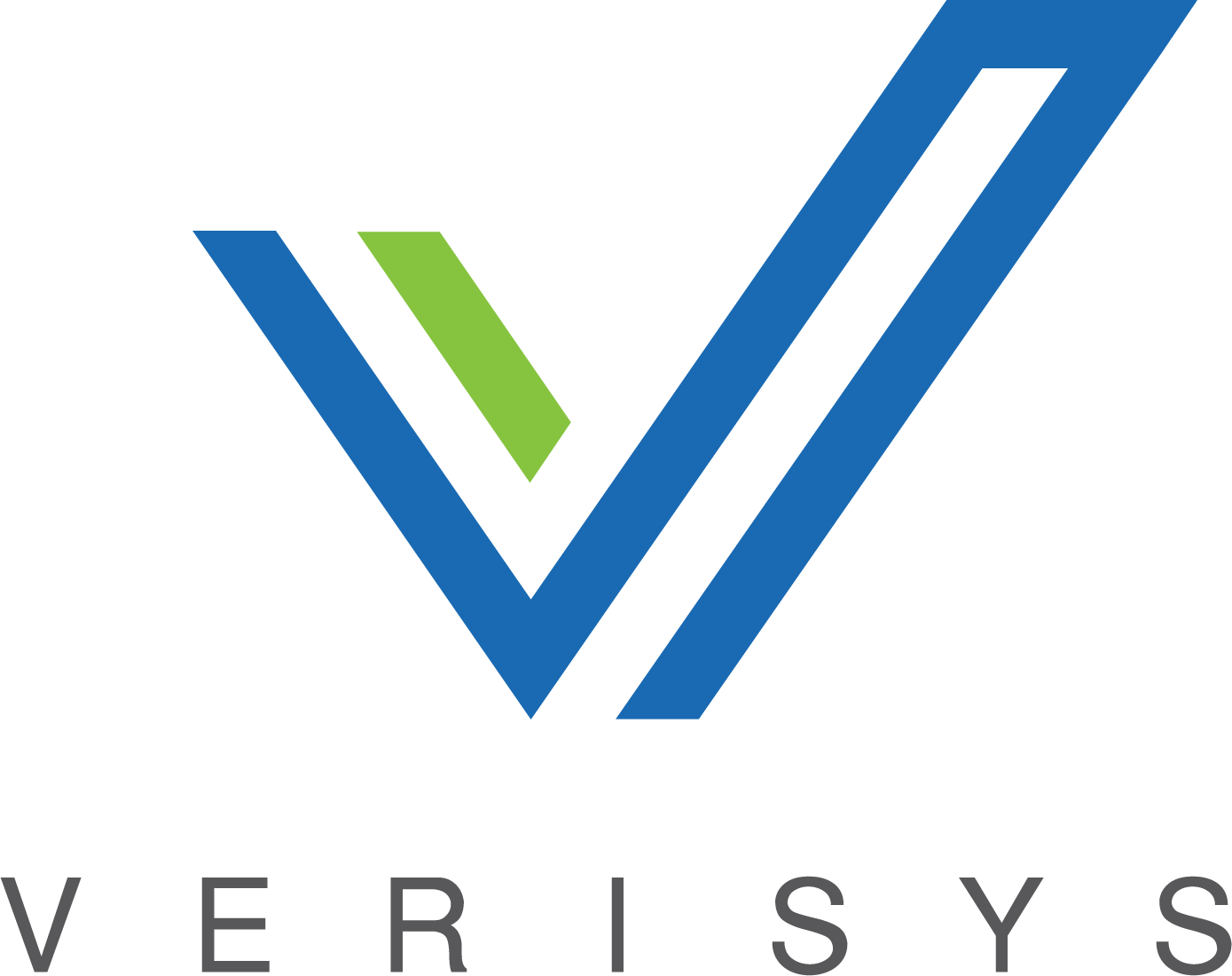– The best resource for monthly healthcare regulatory compliance updates. Compliance Updates: April 2024 Overlook: Licensure Compacts Other Legislation Board Updates Interstate Medical...


While the Health and Human Services (HHS) Office of Inspector General, (OIG) manages the List of Excluded Individuals and Entities, (LEIE) The General Services Administration (GSA) administers the System for Award Management (SAM). Searching both of these data sets gives a broader view of the nature of an individual or entity in the screening and monitoring process.
The Distinction Between the LEIE and SAM
The LEIE contains the identities of individuals and entities currently excluded by the OIG from participating in federal health care programs. This would be considered a mandatory list to search because there are fines and civil monetary penalties involved when seeking for reimbursement for services or items provided, prescribed, or recommended by an OIG excluded individual or entity.
SAM’s debarment database list is inclusive of the OIG’s LEIE and, additionally, contains debarment actions imposed by a broader list of federal agencies. SAM is designed as a consolidated system for federal procurement systems, and the Catalog of Federal Domestic Assistance that currently includes the Central Contractor Registry (CCR), Federal Agency Registration (Fedreg), Online Representations and Certifications Application (ORCA), and the Excluded Persons List System (EPLS).
Understanding the Function and Purpose of GSA’s SAM
SAM is the way a person or entity registers to do business with the Federal Government. U.S. registrants use a DUNS Number, Legal Business Name and Physical Address from the Dun & Bradstreet (D&B) record, the Taxpayer Identification Number (TIN), and Taxpayer Name associated with the TIN. A review of tax documents from the IRS, such as a 1099 or W-2 form is used to find the Taxpayer Name. Then bank routing information is used to set up the Electronic Funds Transfer (EFT). There is additional information needed for international registrants.
The SAM website is used to register to do business with the Federal Government as well as, update, renew, and check your status. It is also where you search for registration, suspension, debarment or exclusion status on an individual or entity. This is a free service to anyone.
Once registered, SAM has the authority to suspend or debar registrants in order to protect the Federal Government from fraud, waste and abuse caused by contractors who act non-responsibly. Cases for suspensions and debarments are referred from a variety of sources, some voluntary and some mandatory.
The Process of Suspension and Debarment via SAM
There are levels of discipline leading to a suspension or debarment that are not visible to the public including, Hearings, Show Cause Letters, Requests for Information, and Terminations of Review. Suspensions, Proposals for Debarment, and Debarments can be found by searching the SAM website with the proper entity name and its DUNS number. Advanced searches require additional information.
Causes for Suspension or Debarment are listed as such on the GSA website:
Once suspended or debarred, the name is published on the SAM website and the effects of the suspension reach throughout the Executive Branch of the Federal Government for both procurement and non-procurement programs. Contracts shall not be awarded to a suspended or debarred individual or entity.
The causes for suspension or debarment are offenses that could be precursors to, or an actual felony offense warranting exclusion by the OIG. Screening and continuous monitoring against SAM provides an additional view for provider and entity transparency. As is true of all data collection and reporting systems, there are ways to avoid detection. Layering data points against a larger, more comprehensive, aggregated data platform is the best way to find those operating in the margins of exclusion, and those who are skillful in evading detection.
Verisys Corporation includes SAM as a vital data set among its more than 5,000 source publishers as part of its data platform, CheckMedic®. With one login to Verisys.net or through the enterprise-wide implementation of CheckMedic, an organization can access intelligent dashboards of actionable data in real-time on thousands of individuals and entities simultaneously. Taking this extra measure to check thousands of data sources, including SAM, protects your organization from financial and reputational risk and increases patient safety.
Learn more about how Verisys can assist your HCOs in meeting all government and regulatory standards.
 |
Written by Verisys Verisys transforms provider data, workforce data, and relationship management. Healthcare, life science, and background screening organizations rely on our comprehensive solutions to discover their true potential. Visit verisys.com to learn how we turn problems into power.
|